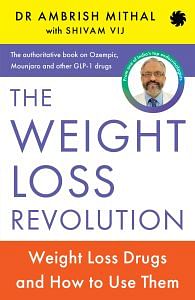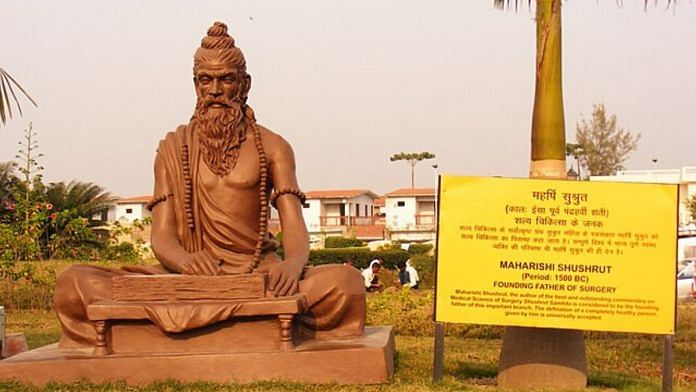In the fifth century BCE, the Indian physician Sushruta noticed that ants were attracted to some people’s urine, leading him to discover that such people had a condition that caused their urine to be sweet and sticky. He named the disease madhumeha or honey-like urine. He also found that those with this disease were primarily the rich classes, and they consumed excessive rice, cereals and sweets. Today, we call this type 2 diabetes or ‘diabetes mellitus’. The word ‘diabetes’ comes from ancient Greece, and means siphon or ‘to pass through’, a reference to excessive urination the condition causes. Mellitus is Latin for ‘honey-sweet’.
Diabetes is a chronic condition in which the body either doesn’t produce enough insulin, or is unable to use it well. The hormone insulin helps glucose enter the cells and thus provides energy to the body. If insulin is deficient or ineffective, glucose can’t enter the cells. Left to circulate in the blood, high glucose levels start harming the body and its organs.
There are two types of diabetes, type 1 and type 2. Type 1 is usually an autoimmune disorder in which the pancreas cannot produce insulin. Classically, type 1 was thought to occur only in children, have an acute onset and had to be treated only with insulin. While insulin treatment still remains mandatory for type 1, we now see many variants of the condition. For example, it can occur in adults and the onset can be slow.
GLP-1 drugs are not for type 1 diabetes unless a type 1 patient has put on a lot of weight and their doctor decides to calibrate their insulin and GLP-1 drugs carefully. For type 2, however, GLP-1 drugs have been a revolution.
Also read: Gut feeling is real. It’s our second brain
Around 90 per cent of people with diabetes have type 2, which is usually accompanied by insulin resistance. It is often the initial defect in type 2 diabetes. As mentioned in Chapter 5, the pancreas makes insulin, but there is resistance to insulin action at the cellular level. As a result, insulin action on the cell is incomplete and ineffective. Insulin is the key that opens the lock for glucose to enter the cells to provide them energy. If the lock is rusted, the key won’t turn easily, the door won’t open and glucose will continue accumulating in the bloodstream instead of going where it is needed.
Trying to break the rusty lock on the door of the cell and control the rising levels of glucose in the blood, the pancreas ramps up the production of insulin. At some point, it can’t keep up and the pancreatic function starts declining. The moment the pancreas starts giving up is when the patient gets elevated blood glucose or type 2 diabetes. By this time, the patient has already lost 50 per cent of their pancreatic function.
There are many kinds of type 2 diabetes patients. We call them clusters. There are those whose predominant issue is insulin deficiency, those who predominantly have insulin resistance, those with both, and some who are elderly with mild diabetes as pancreatic function starts declining with age. Yet it is not just insulin resistance that may cause diabetes (henceforth, when we say ‘diabetes’, we imply type 2). There may be some other causes, too.
One is the incretin defect. Incretin hormones GLP-1 and GIP are secreted naturally in the gut in response to food. It is possible that in some people there may not be enough production of the incretin hormones. The GLP1 hormone stimulates the production of insulin, which lowers blood glucose, and suppresses glucagon. Glucagon is a hormone that raises glucose, countering the action of insulin. GLP-1 acts to balance these two.
This is why the effort to create GLP-1 drugs was all about controlling diabetes. Weight loss, and the other hormone actions, were discovered later as a by-product.
 This excerpt from Dr Ambrish Mithal and Shivam Vij’s ‘The Weight Loss Revolution’ has been published with permission from Juggernaut Books.
This excerpt from Dr Ambrish Mithal and Shivam Vij’s ‘The Weight Loss Revolution’ has been published with permission from Juggernaut Books.





